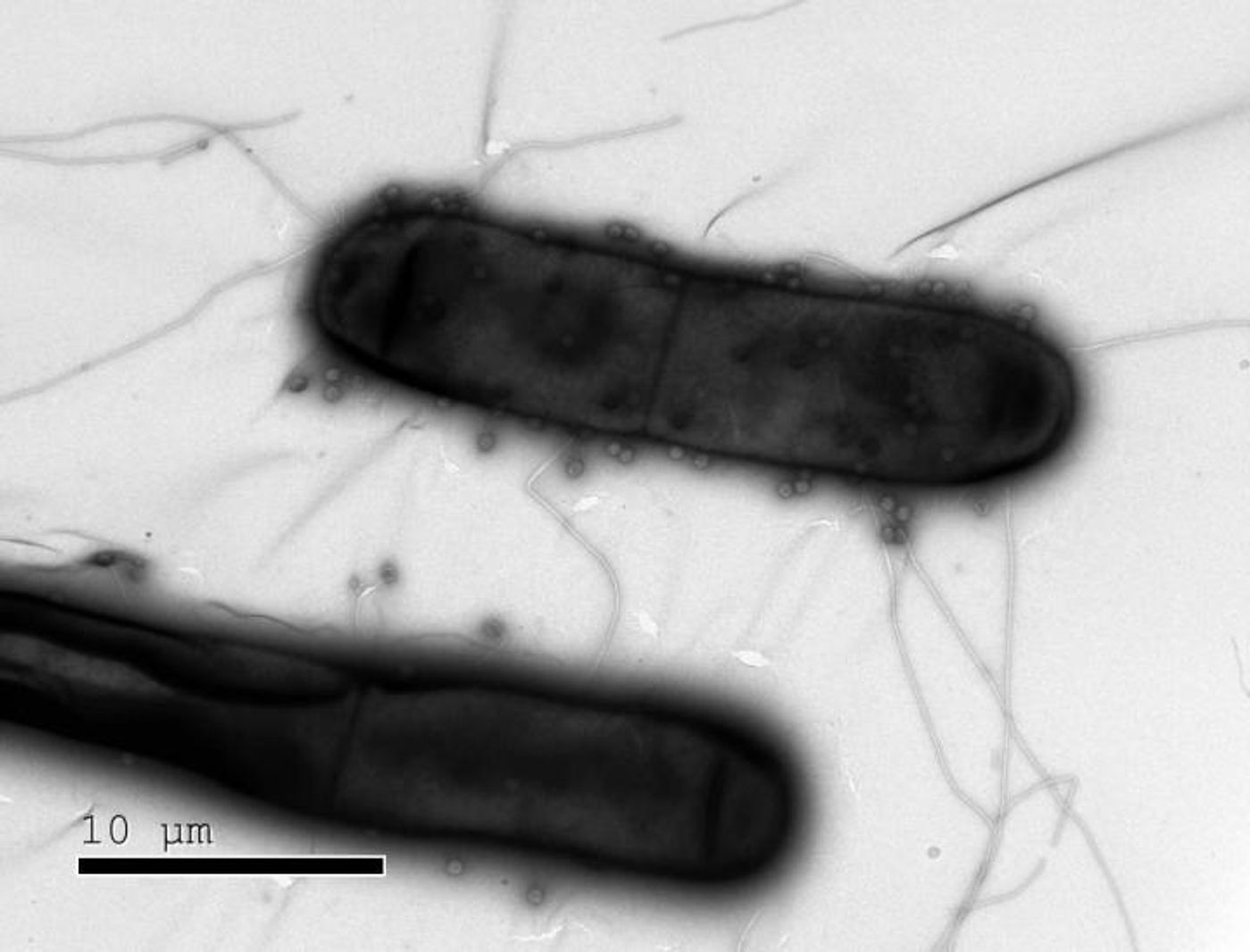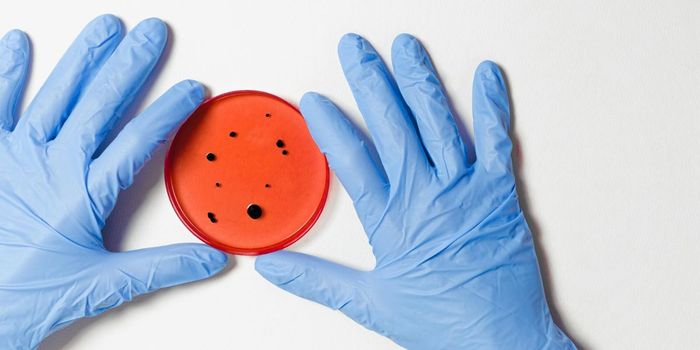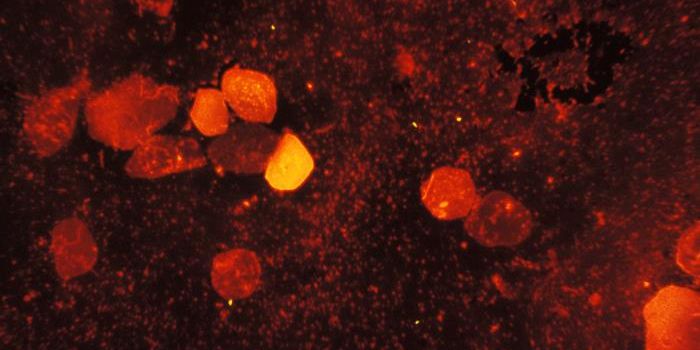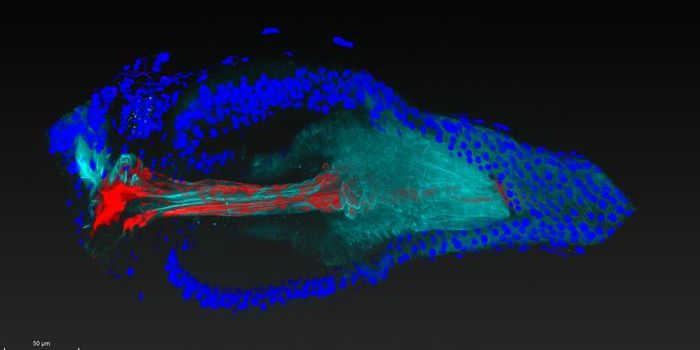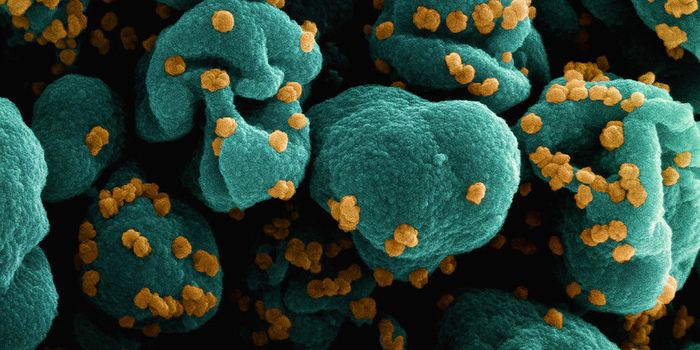Beyond CRISPR: Finding More Bacterial Immune Systems
The CRISPR gene-editing tool has revolutionized molecular biology, and it has the potential to change medicine. The technology was created after scientists realized the potential of a bacterial immune system that defends against viral attacks. A natural gene editor, CRISPR is not the only complex immune system used by bacteria. Scientists at the Weizmann Institute of Science, led by Professor Rotem Sorek, undertook a huge, systematic screen to find more of them. They found ten. Their work, which could have big implications for gene-editing, has been reported in Science.
"The systems we discovered are unlike anything we had seen before," said Sorek. "But among them, we think, are one or two that might have the potential to increase the gene-editing toolbox, and others that point to the origins of the human immune system." The results of their study were recently published in Science.
Sorek explained that bacteria need more than just CRISPR to win the war against viruses that infect them, phages. Many phages have ways to get around CRISPR too. To find more bacterial immune systems, the team searched about 50,000 bacterial genomes to find genes involved in bacterial defense. After narrowing millions of genes down to a few hundred, it was time to test the candidates.
They used a commercial lab to generate the synthetic sequences they were interested in, in some cases up to 400,000 bases long. Those strings of DNA were then inserted into bacteria engineered to have their innate immune systems inactivated. Next, these bacteria were exposed to invaders like phages to test those synthetic immune systems. Ten of the candidates conferred immunity.
The team will have to continue their work to learn more about how these immune systems function. Some, Sorek noted, "seem to have surprising functions that we are now starting to investigate." One system they found has what is known as a kind of Toll-Interleukin Receptor (or TIR) domain; they're known to be involved in immunity, but of other organisms like plants and humans. "Our findings show that some of the important parts of our own immune system have deep evolutionary roots in the bacterial immunity mechanisms," said Sorek.
"The fact that we managed to find ten new bacterial defense systems implies there are even more out there," said Sorek. "My lab is continuing to search for new ones. In addition, we are starting to focus on several of the more promising ones to understand how they function."
While these discoveries illuminate how microbes fight invaders, they could also advance research, said Sorek. "Every immune system, by definition, needs to target invading elements in a very specific yet flexible way, and we can use this targeting for biotechnological purposes - as we've done with CRISPR and with restriction enzymes before it. Any one of the new systems we found might be the next gene-editing tool - or perhaps even the foundation of even more exciting molecular tools," concluded Sorek.
The video below explains how bacterial immunity studies led to the birth of CRISPR technology.
Sources: AAAS/Eurekalert! Via Weizmann Institute, Science
